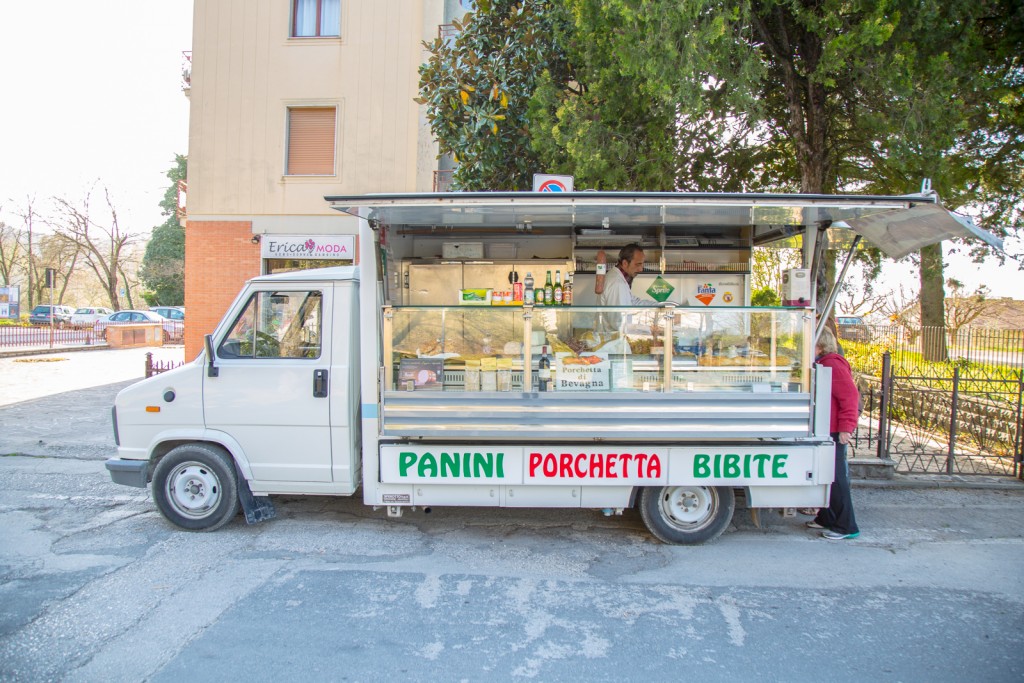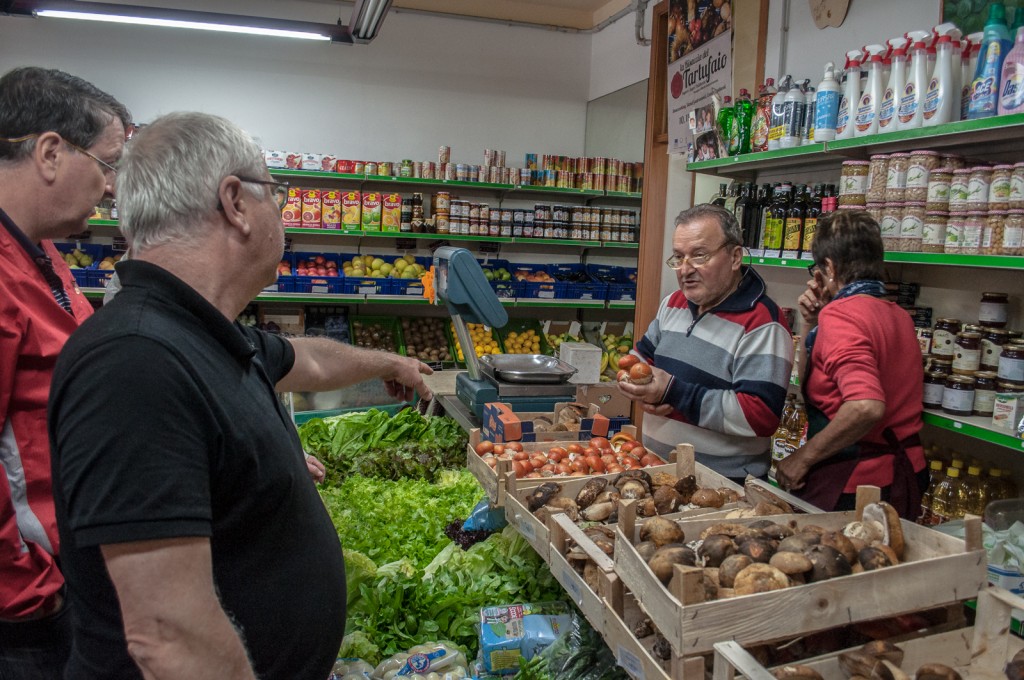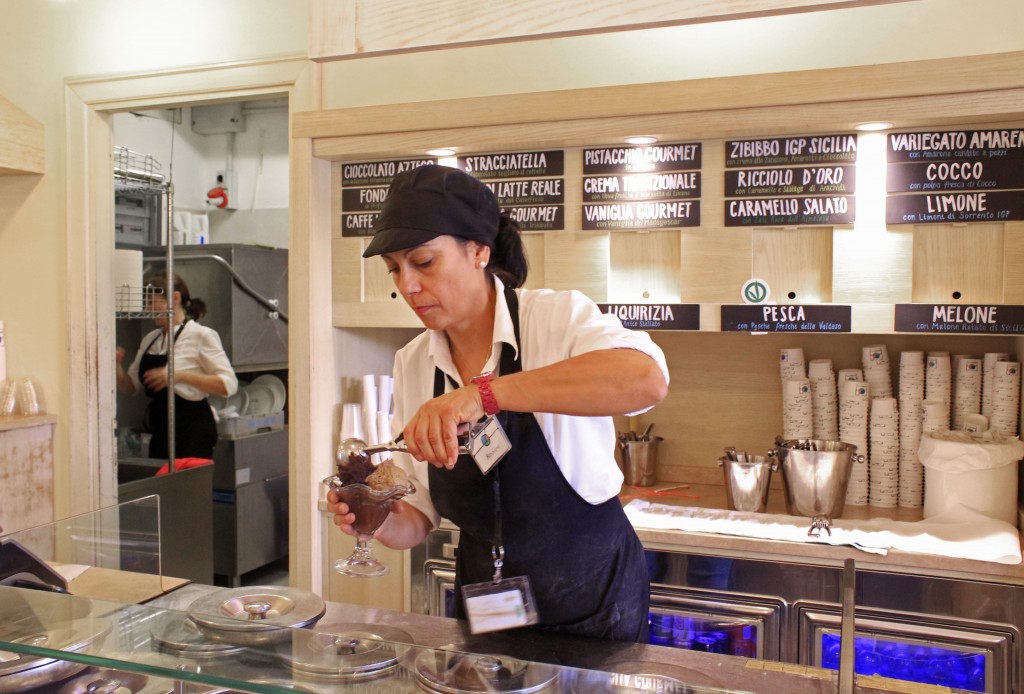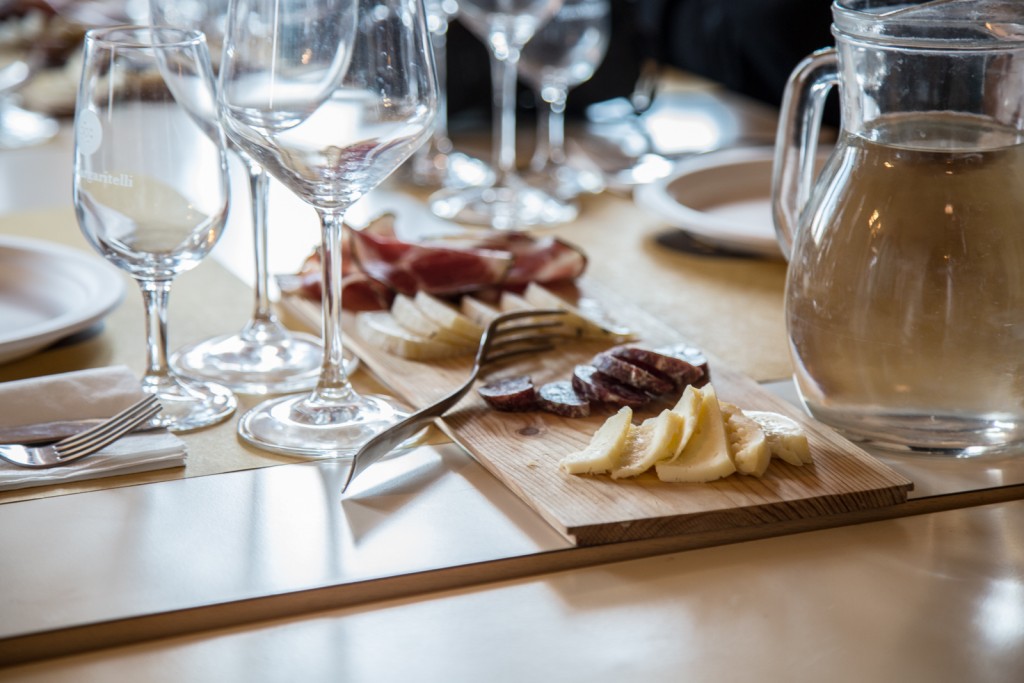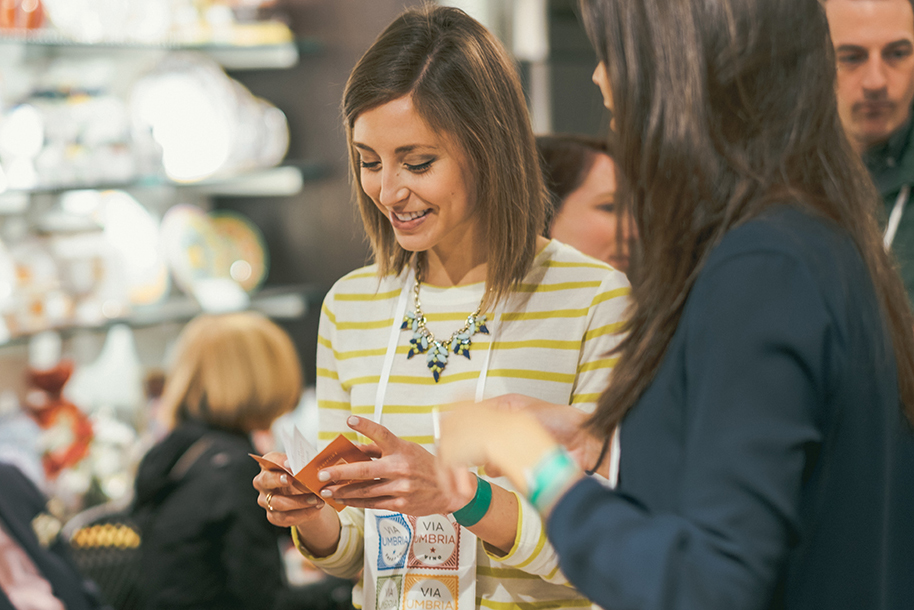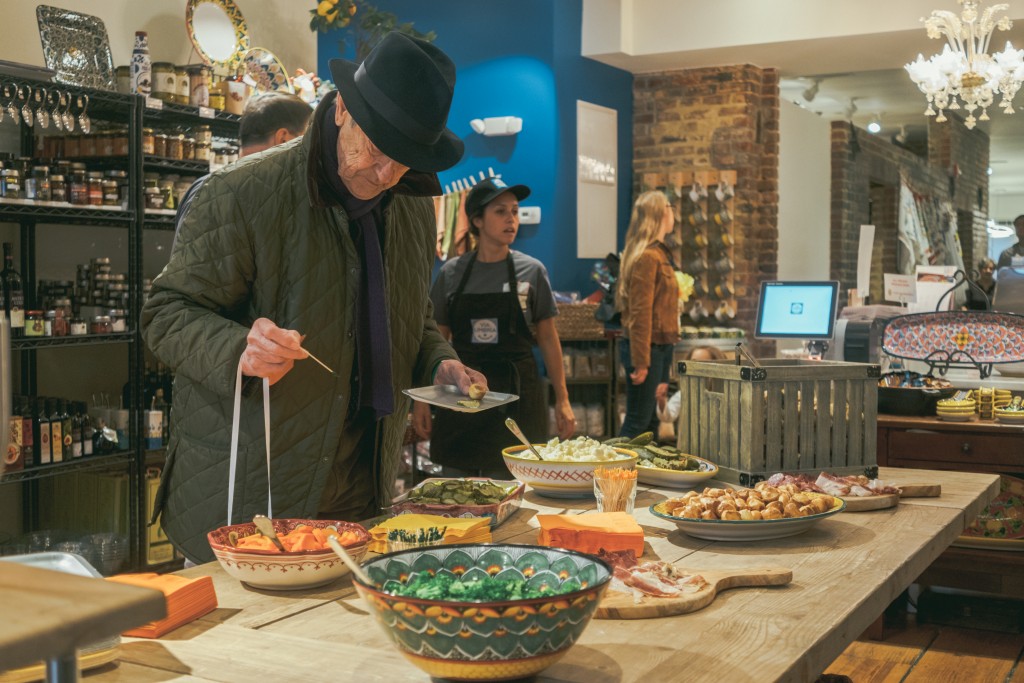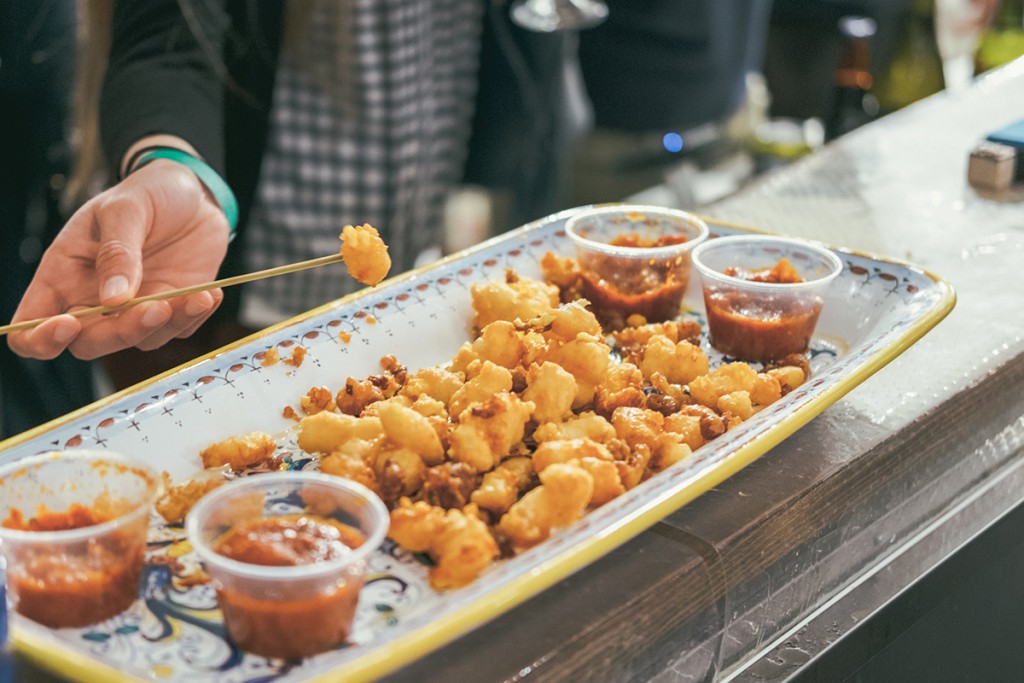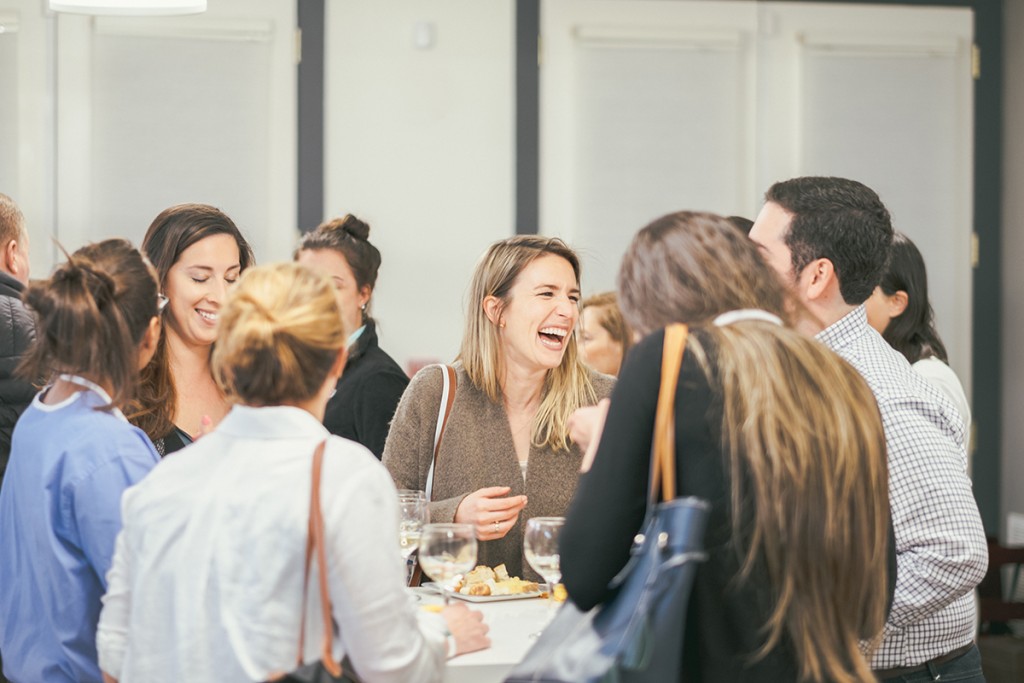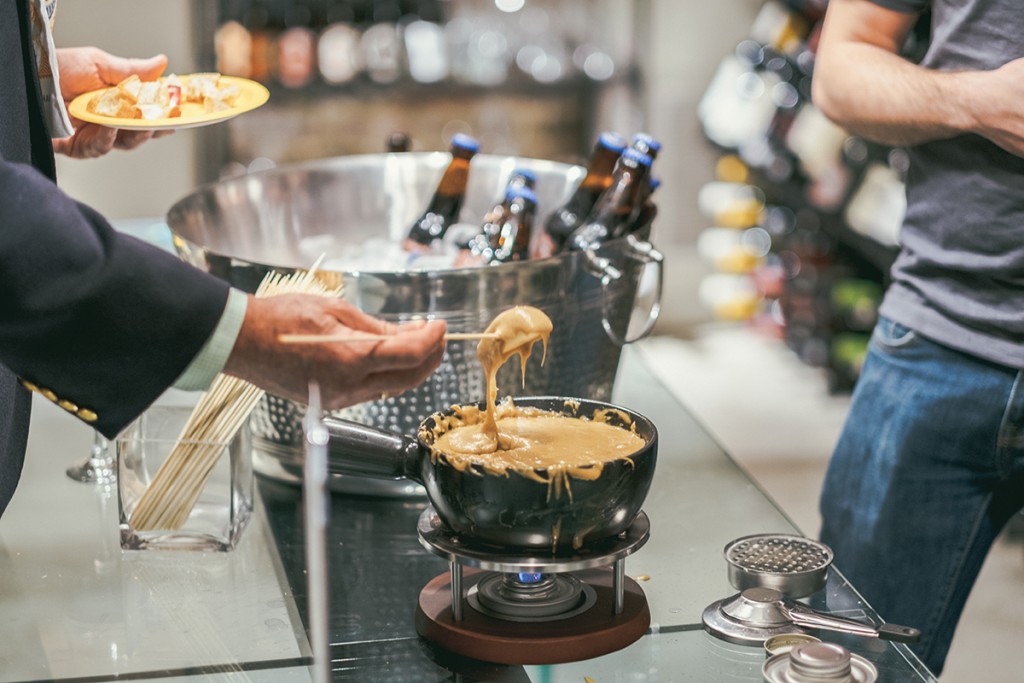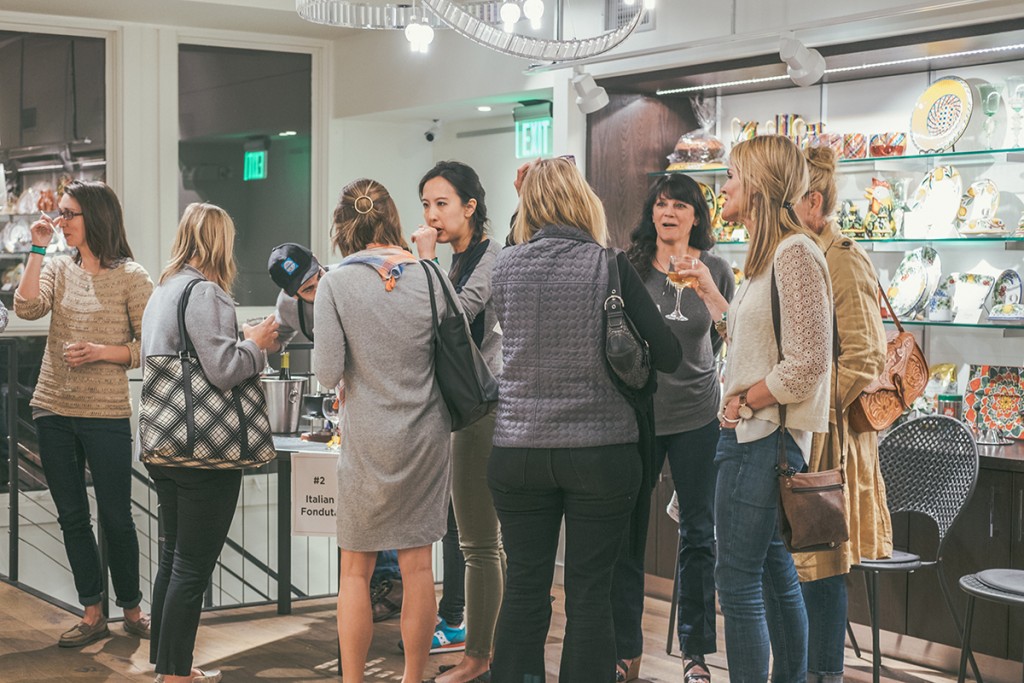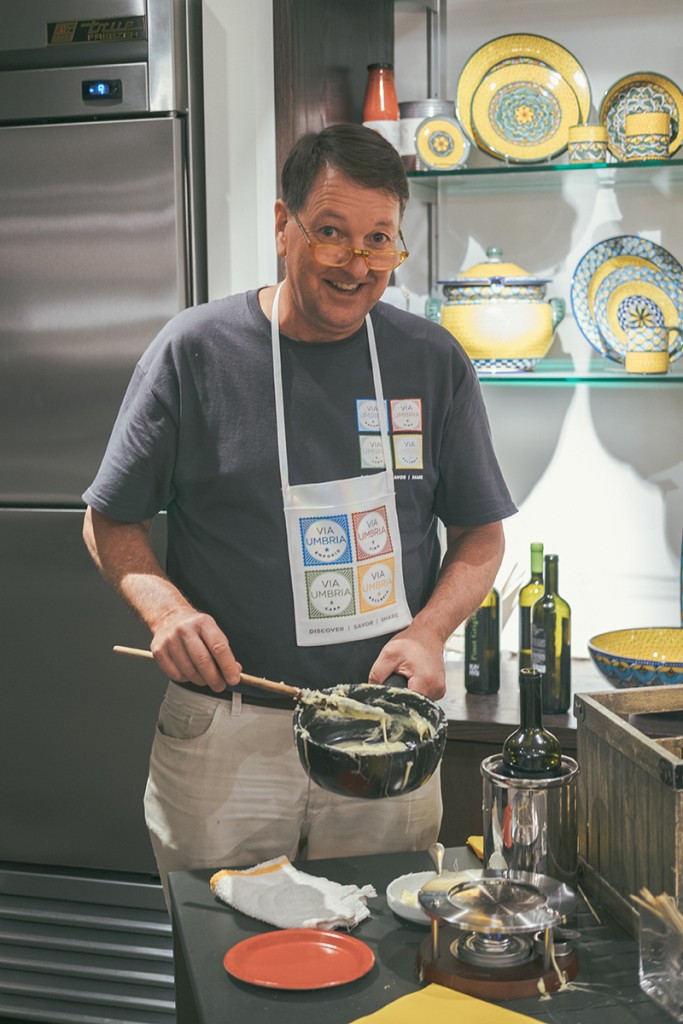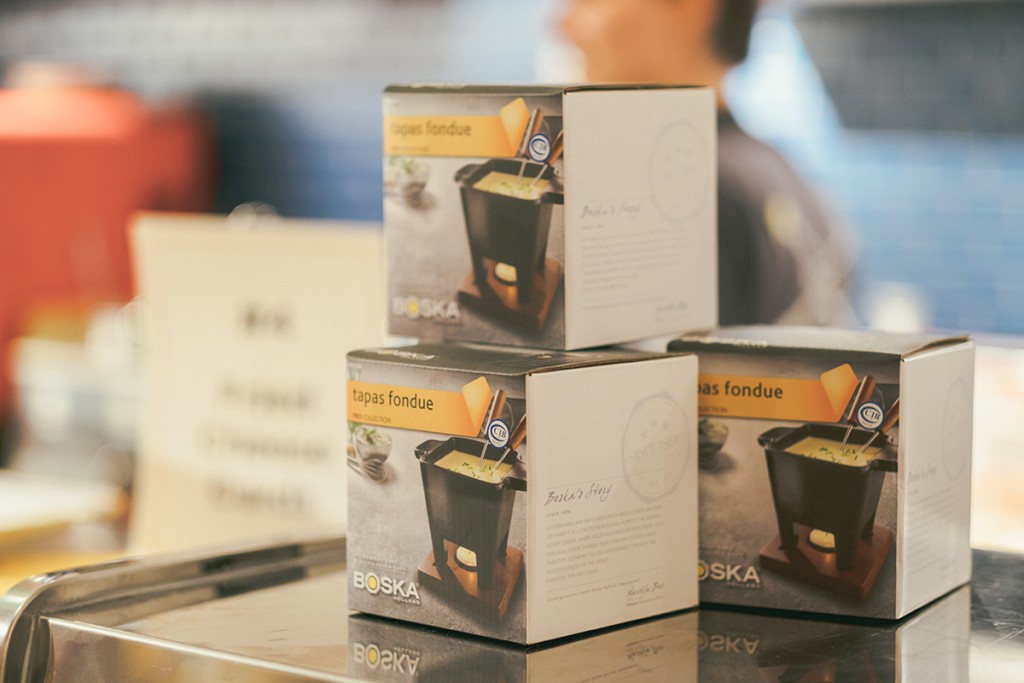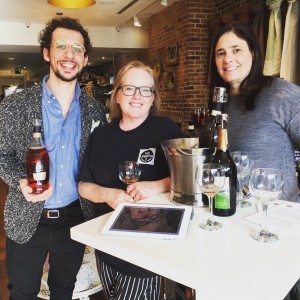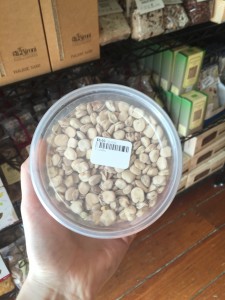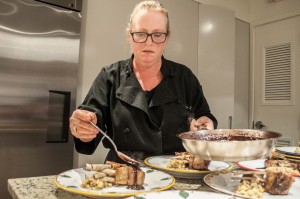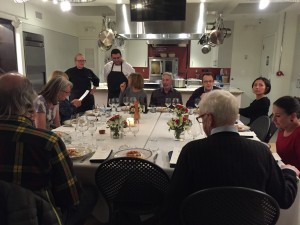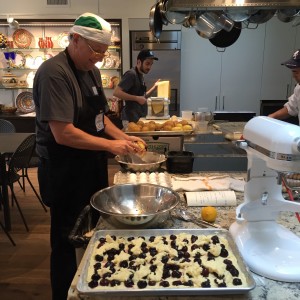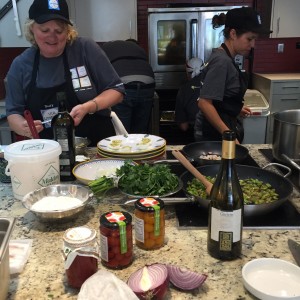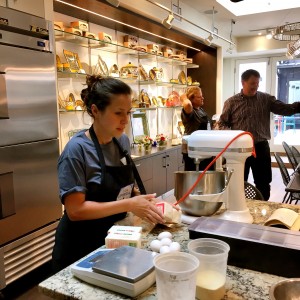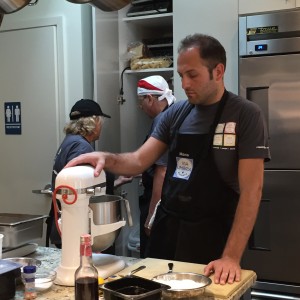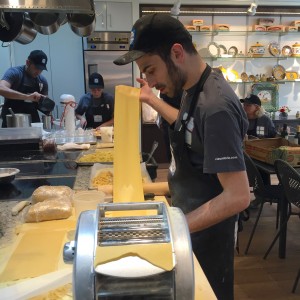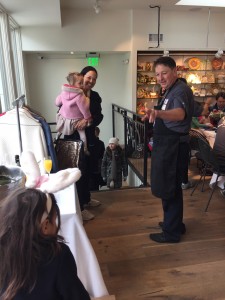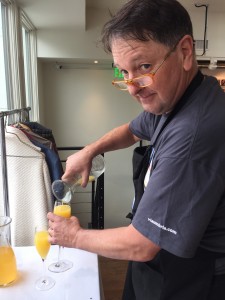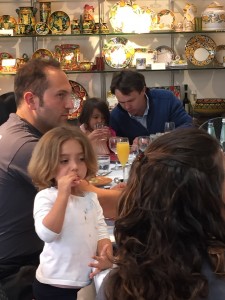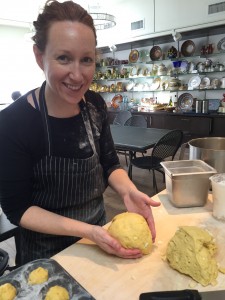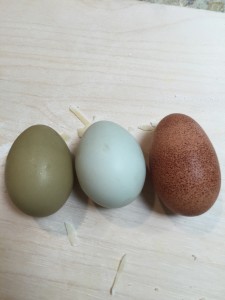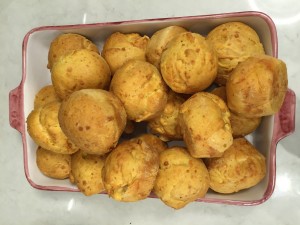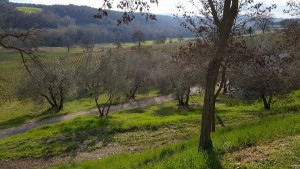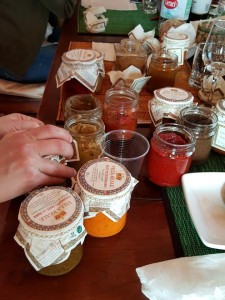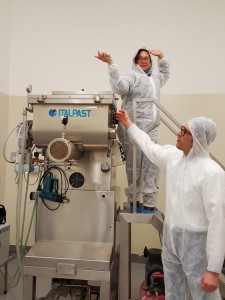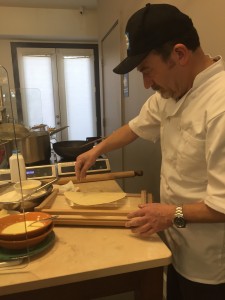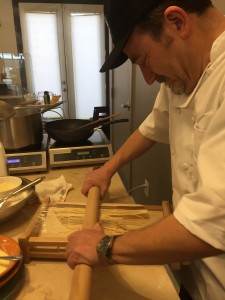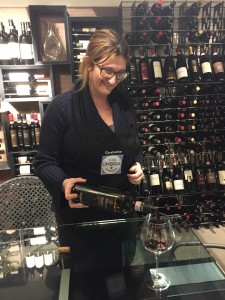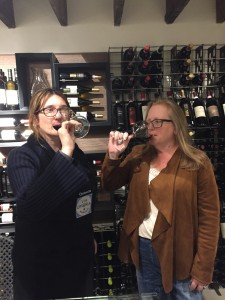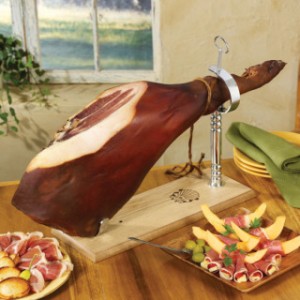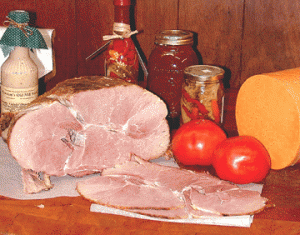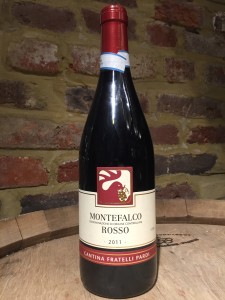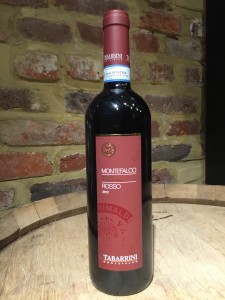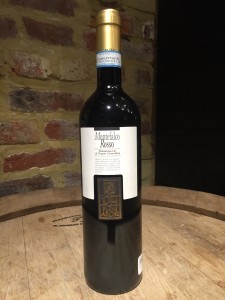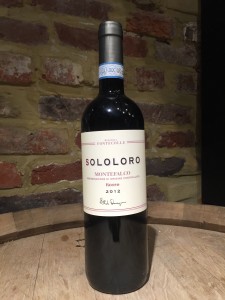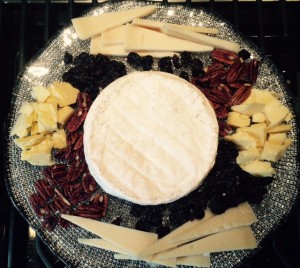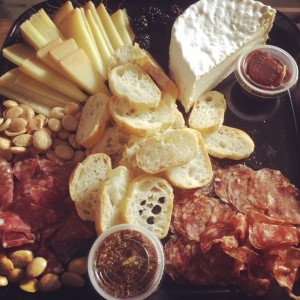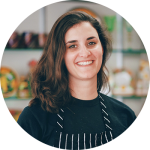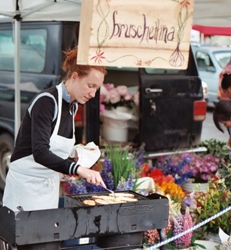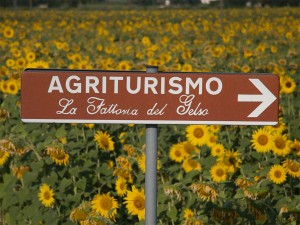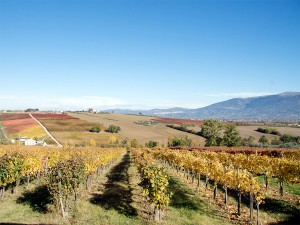When traveling overseas in unfamiliar places, it’s easy to seek out familiar foods rather than trying something new or unknown. This is quite a crime in Italy, a country with a distinctive culinary reputation that shines through in a wide rage of traditional dishes, cooking styles, and local ingredients. This varies from region to region, so before traveling to Italy, it’s a good idea to find out what foods are unique to the area you’re planning to stay in. Luckily for you, we have some insider knowledge from Marco Palermi, Umbrian travel expert, on what to eat while staying in Umbria:
Food is very important in Italy, and in Umbria, pork is king–both cured and fresh are fantastic, but the real treat is sliced porchetta from the porchetta trucks parked all over town. The best porchetta comes from Costano (they have a porchetta festival in mid August), but if you find the truck parked out front of the Conad Grocery store in Cannara, you won’t be disappointed.
Most of what we eat depends on the season. In December you will see a lot of fennel, cabbage, onions, and tomatoes. Wild asparagus is abundant in spring, and mushrooms in the fall. What you will eat depends on when you are here as much as where you go. For us, seasons, traditions, and religion are often an excuse to eat–which is why you will see things like torta di pasqua (traditional easter bread), fried strufoli or frappe with honey during Carnival, and goose in August for the feast of the harvest. However, there are Umbrian delights that are always great year round.
Torta al testo is a staple to Umbrian gastronomy that cannot be missed. It’s a sandwich made of flat unleavened bread that is flame-cooked, and filled with the most delicious Umbrian flavors. You cannot go wrong pairing these with an Umbrian beer. And of course, after a great lunch, you must try gelato. The gelato around Cannara is all very good, but Bar Gennaro is the place to go.
One town to know about (and visit before you leave Umbria) is Norcia. Its very well-known for its pork products (prosciutto, sausages, salamis) and also for its winter black truffles. The town is about an hour and a half drive from Canarra, but if that’s too far away for you, head to Santa Maria degli Angeli and visit Casa Norcia, a restaurant known for serving delicious meals and typical produce from the Sibillini mountains.
Another excellent experience is to visit a rosticceria, which is a kind of grocery store that has ready-to-eat meals, but unlike any ready-to-eat meal you’ve had before! It can be anything from lasagne to roast chicken, and it’s a very traditional Sunday activity. Good rosticcerias near la Fattoria del Gelso are Cucina’a in Foligno or Falaschi Gastronomia in bastia Umbra.
And no trip to Italy would be complete without sampling the cheeses available. From the Pecorino of Norcia to the Mozarella of Coliforito, there is no shortage of cheese to tempt your palate. Check out the nearby cheese stores in Santa Maria Degli Angelia, Brufani and Broccatelli, and try fresh creamy mascarpone, soft burrata caciotta, and wonderfully sharp pecorino.
There is no way to capture all the delicious foods available in Umbria, but starting here should give you a wonderful start to a true foodie experience.


